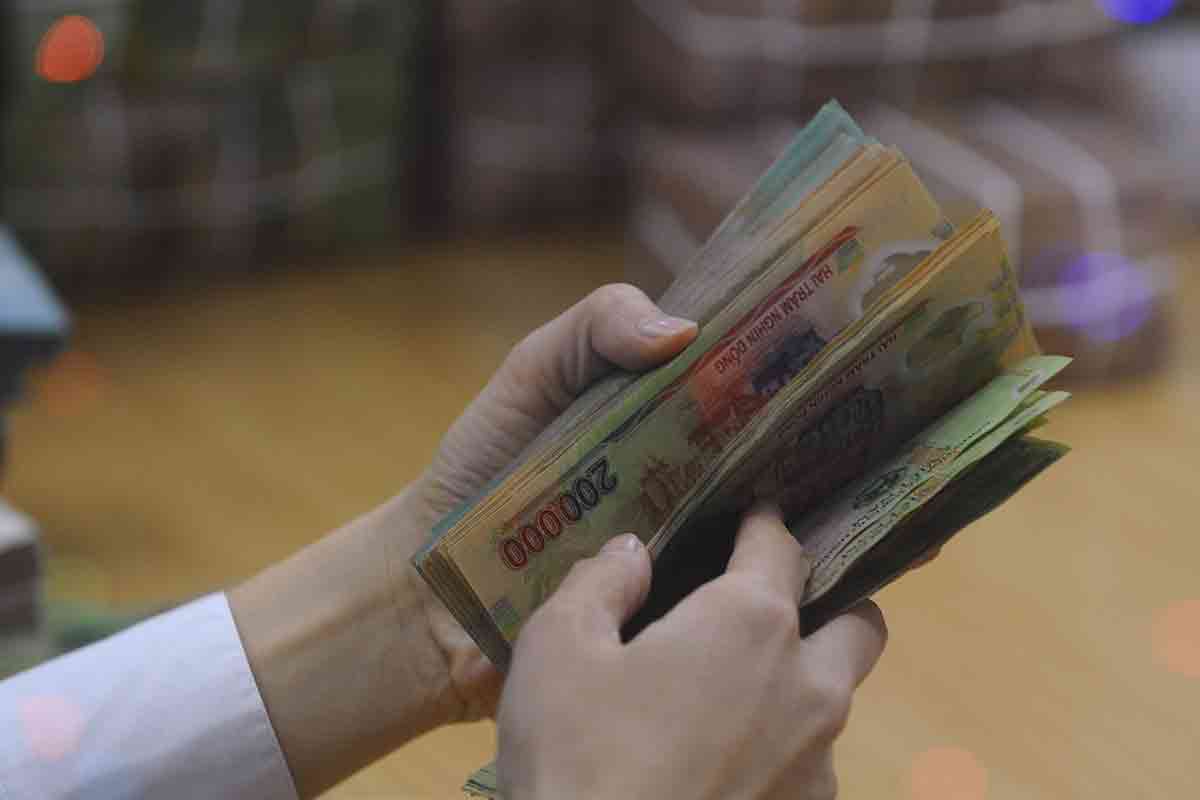Think the latest yuan rout is over? Tell that to Vietnam.
The slide in China’s currency paused this week after jawboning by the central bank, which told commercial lenders it has the tools to stabilize the market and urged them to avoid “herd behaviour,” it was reported Tuesday. But the ripples of the yuan’s 4.7 percent drop this year may be just starting to spread to the country’s neighbours.
The Vietnamese dong has been moving steadily closer to the edge of its three percent daily trading band against the United States (US) dollar over the past two weeks, as traders bet on faster depreciation.
State Bank of Vietnam guided the official rate 1.1 percent lower this year, causing a 2.7 percent fall in the market rate. Like the yuan, the dong is loosely pegged to the US dollar.
Currency traders are speculating on further declines, having seen how Vietnam has reacted in the past when the yuan has slumped. On 12 August, 2015, one day after China jolted global markets with a sudden yuan devaluation, Vietnam widened the dong’s trading band. The currency ended the year with three percent depreciation in the official exchange rate, and a 5.1 percent drop in the market rate.
The retreat in the dong’s market rate this year is little more than half the slump in the currency of its bigger neighbour, suggesting further depreciation is possible – particularly if the yuan resumes its decline.
It is unclear how serious China is about stemming the yuan’s slide. Instead of deploying its US$3 trillion of foreign-exchange reserves to sell the US dollar, Beijing has largely been using onshore currency swaps to stabilize the spot rate. That’s a less effective tool because traders can simply place bearish bets offshore instead.
Vietnamese traders may also be sceptical of China’s rhetoric. On 3 July, People’s Bank of China (PBOC) Governor Yi Gang said the country would “keep the yuan exchange rate basically stable at a reasonable and balanced level.” The currency fell more than 2.5 percent in the ensuing month. The yuan is the worst performer of 12 major Asian currencies against the US dollar in the past month.
State Bank of Vietnam may be forced to yield. In just one week in July, it sold more than US$2 billion to banks to meet demand for the US dollar, the Saigon Times reported. It’s unclear how much the central bank has shelled out since to prop up the dong. At this rate, it will quickly erode the US$12 billion of foreign reserves painstakingly built up last year.
Vietnam is more reluctant to countenance depreciation this time around. Unlike in 2015, inflation is now a problem, with the consumer price index blowing past the central bank’s four percent target rate for two months in a row.
Vietnam is Southeast Asia’s most open economy on some measures, with imports accounting for almost 100 percent of gross domestic product. As a result, it’s more vulnerable to price pressures. A one percentage point fall in the dong could lead to a 0.25 percentage point increase in headline inflation, HSBC Holdings Plc estimates.
Two years ago, it took a dovish Federal Reserve to release the pressure on the yuan. Vietnam can’t count on that now, with the US central bank determined not to overheat an already strong economy.
If the market pressure persists, Vietnam will be forced into grudging rate increases, like its Southeast Asian peers Indonesia and the Philippines.
It had better hope the PBOC means what it says. - Bloomberg
